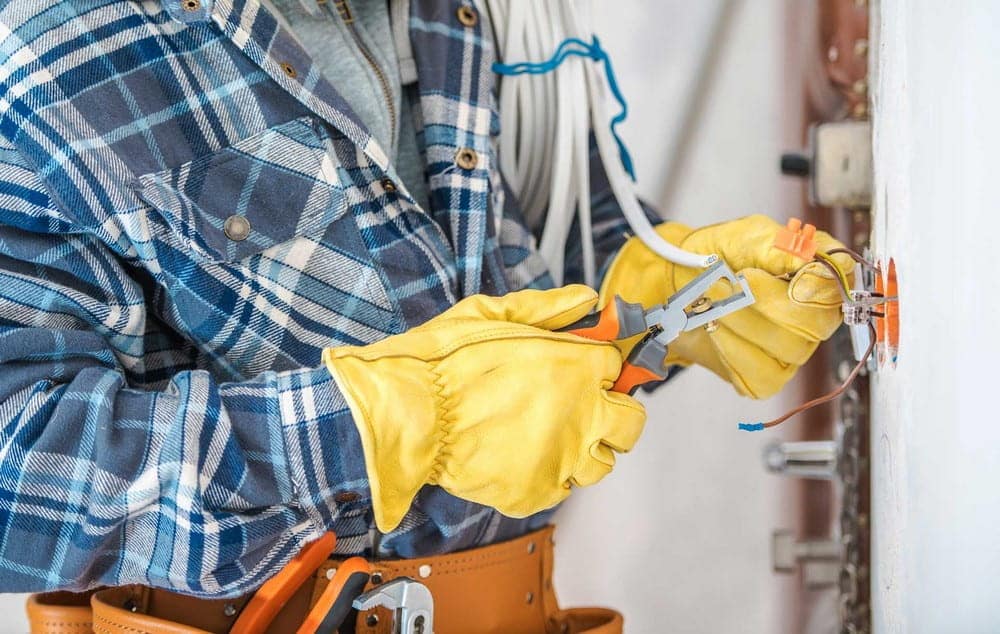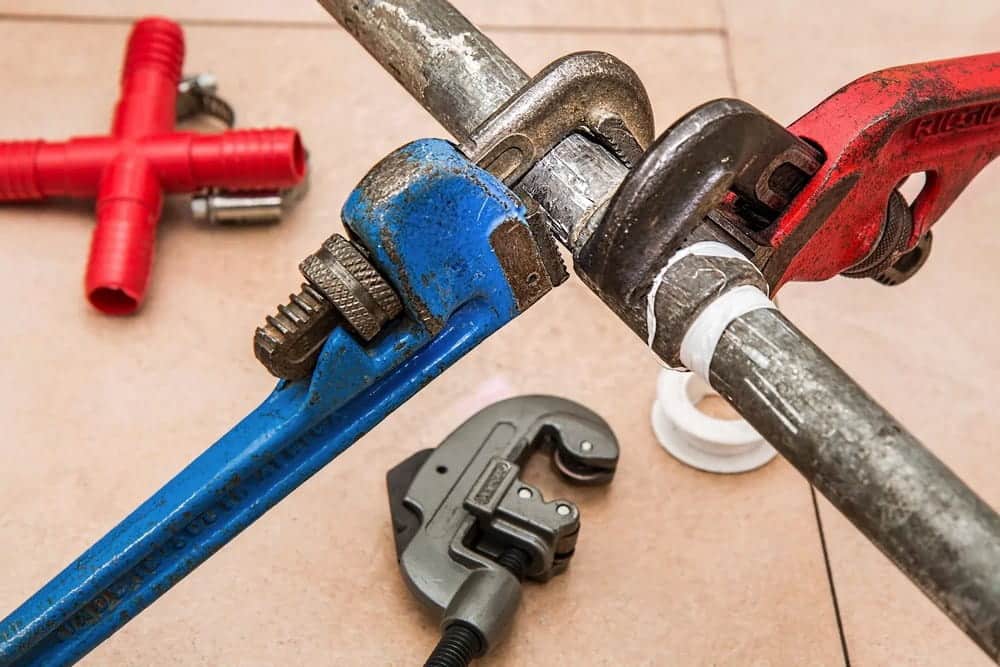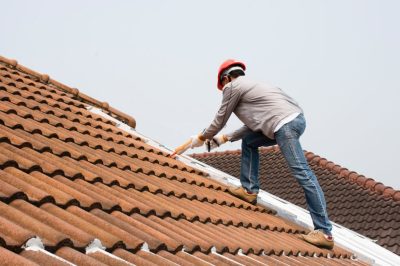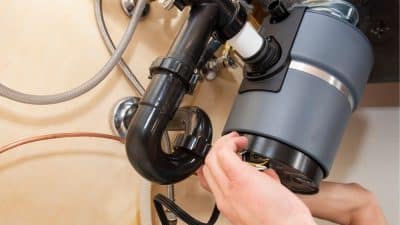
In modern buildings, electric plumbing refers to the integration of electrical systems with piping and water infrastructure. This junction occurs in areas such as electric water heaters, electrically driven pumps, drain-cleaning machinery, and bonding systems—a key concept in residential and commercial installations. Understanding the fundamentals can ensure a safer, more efficient, and compliant environment.
What Is Electric Plumbing?
Electric plumbing merges two distinct domains:
- Electrical components embedded within plumbing systems—from tankless water heaters to pressure pumps.
- Safety measures to prevent electrical hazards—including proper grounding, bonding, and circuit protection.
This integration necessitates awareness of electrical wiring standards and the mechanical behaviour of plumbing components. In building construction, it’s often referred to as MEP—Mechanical, Electrical & Plumbing—where engineers design systems for optimal function, compliance and coordination across trades.
Key Components Involved
1. Electric Water Heaters
Tank-style heaters require a dedicated 240‑volt circuit—typically a 30‑amp double-pole breaker with 10‑2 cable. The white conductor is re‑marked as hot because both wires carry current. A bonding jumper between cold and hot water pipes may be mandated locally to maintain grounding continuity.
Tankless heaters operate on-demand, heating water via electric/motorised coils as it flows through the unit. This leads to continuous hot water supply and potential energy savings, though initial costs are higher.
2. Electrified Pumps and Motors
From sump pumps to booster pumps, many plumbing systems use electric motors to move water efficiently. These require proper electrical supply, often 120 V or 240 V, with correct circuit breakers and protection. Hardwired installations typically include disconnect switches and electrical protection rated for motor starts.
3. Electric Drain Cleaners
Professionals and DIY homeowners alike might use electric drain cleaners, also known as drain snakes. These use a motor to drive a steel cable into pipes, effectively removing blockages. Despite their utility, users must wear protective gear and handle the cables properly to avoid mechanical or electric injury.
4. Safety: Grounding, Bonding & Electrical Burns
Electrical systems must avoid hazards. Principles include:
- Grounding: Provides a low‑resistance path to earth to mitigate shock during faults.
- Bonding: Involves metal-to-metal connections (e.g., piping to electrical ground) to ensure consistent potential, reduce corrosion, and comply with local codes.
- Electrical burns: Wet environments, such as bathrooms or near plumbing, increase risk. Basic precautions—dry hands, GFCI outlets, covered power points—are essential.
Relevant Codes & Standards
- Uniform Plumbing Code (UPC): Recognised as an American National Standard, this model code governs plumbing installations with an emphasis on public health and safe sewage practices.
- Local Electrical Codes: Govern installation of wiring, breakers, GFCIs, and bonding in plumbing environments. Compliance ensures inspections pass and limits hazard exposure.
Best Practices
- Segregate Electrical and Plumbing Work Early: During design, coordinate MEP drawings so that electrical and plumbing trades don’t conflict mid-installation.
- Use Dedicated Circuits: Water heaters, pumps, and drain-cleaning machinery must have separate circuits rated appropriately (e.g., 30 A for heaters).
- Apply Polycarbonate Covers on Outlets: Use GFCI outlets in wet areas and outlet covers to prevent accidental contact.
- Proper Bonding & Grounding: Implement bonding jumpers when required, especially on tank-style heaters. Always connect all piping to the electrical ground.
- Permit & Inspection Protocols: Always secure appropriate permits—especially for gas/electric water heater replacements—and allow municipal inspections for safety compliance.
- Use Modern Tools Safely: Electric drain cleaners and pumps require guards, grounding prongs, and proper insulation to minimise shock risk.
Common Hazards & How to Avoid Them
| Hazard | Cause | Prevention |
| Scalding | Water above 60 °C | Use tempering valves; limit setpoint to ~50 °C |
| Explosion | Faulty relief valves/fixings | Install T&P valve and discharge pipe; strap heaters in garages/basements |
| Electric shock | Wet hands, improper wiring | Implement GFCI, outlet covers; follow wiring codes |
| Electrocution/fire | Overloaded or miswired circuits | Use correct fuses; dedicated 240 V circuits; inspection compliance |
Advances Worth Noting
- Tankless Water Heaters: Offering continuous hot water, compact size, and potential long-term cost savings, but require significant upfront investment.
- Electrofusion Welding in Plumbing: Widely used to join HDPE/MDPE pipes via embedded heating coils.
- Integrated Building Management: Smart valves and pump controls now communicate with energy systems, providing better efficiency and remote monitoring—an emerging frontier in MEP design.
When to Engage a Professional
While basic maintenance—such as replacing an outlet cover or testing a GFCI—can be DIY, any task involving:
- 240V heater installation/removal,
- Internal wiring for pumps,
- Bonding piping systems
- Electrofusion welding
This should always be performed by licensed electricians or plumbers for full code compliance and safety.
Wrapping Up
Electric plumbing reflects the essential integration of two critical building systems—plumbing and electricity. Whether it’s powering your hot water, clearing blocked pipes, or creating reliable pump systems, understanding this synergy ensures safer, more compliant environments.
Staying informed about local codes and best practices—especially grounding, bonding and circuit management—not only protects property and people but underpins the functional integrity of any building. In tomorrow’s homes and commercial estates, electric and plumbing systems will remain interdependent; your awareness today preps you for tomorrow’s demands.









